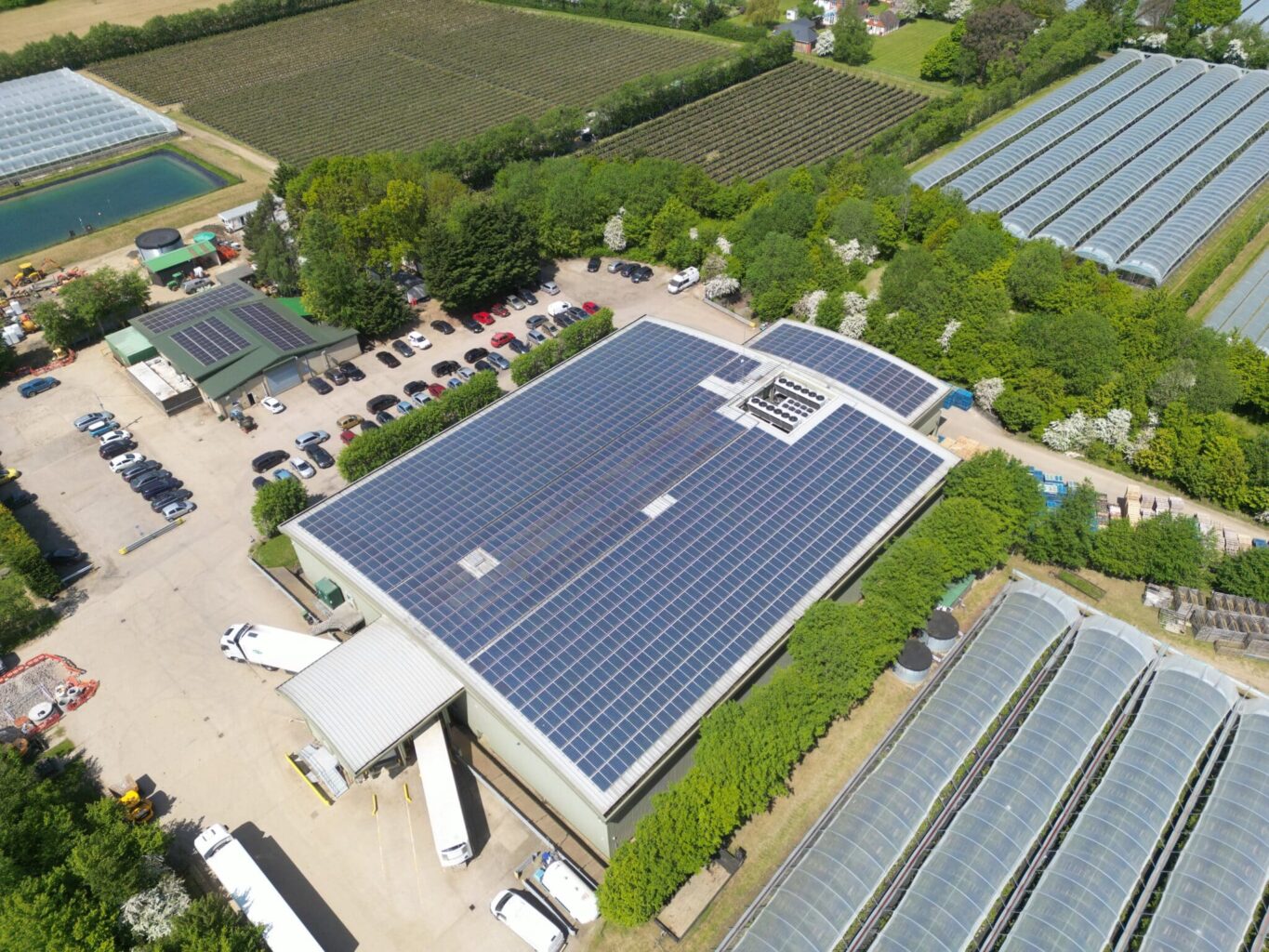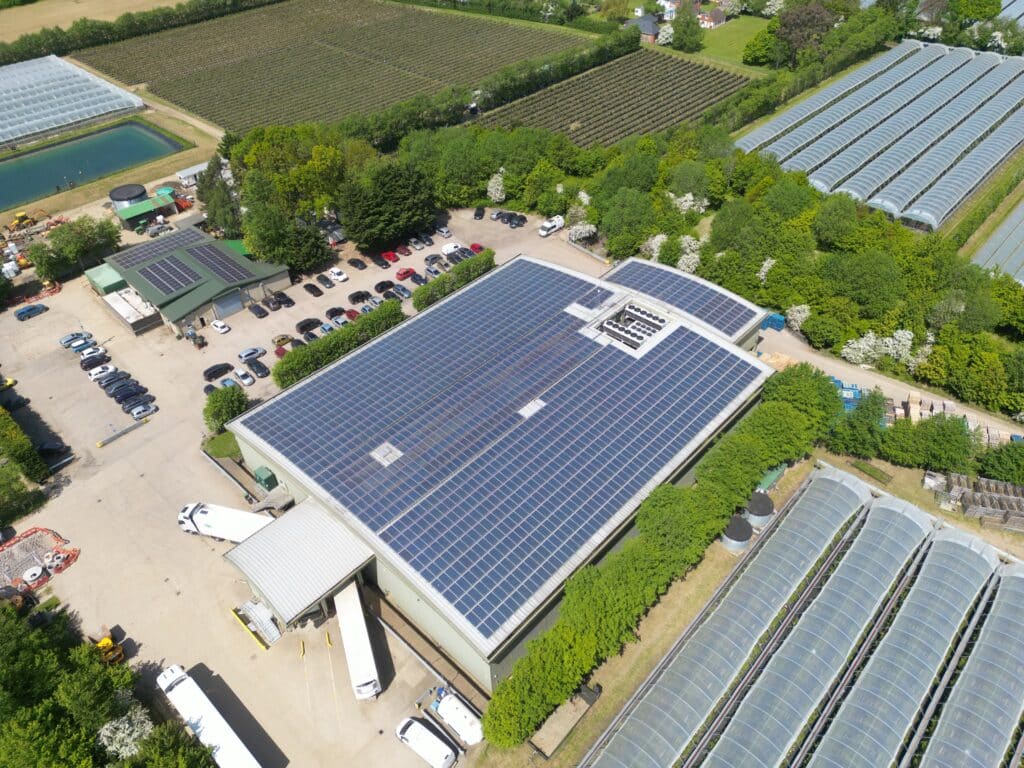
Essential Planning for Springtime Solar Panel Inspection
Essential Steps for Springtime Solar Panel Inspection
with Thermal Imaging Drones


Understanding the Importance of Springtime Solar Panel Inspection
Springtime is the perfect season to inspect your solar panels. After the harsh winter weather, it’s crucial to ensure that your solar panels are in optimal condition to harness the sun’s energy efficiently. According to the UK’s Department for Business, Energy & Industrial Strategy, solar power contributed to 5% of the country’s total electricity generation in 2023. This figure is expected to rise as more households and businesses adopt solar energy. Therefore, regular inspection, especially after winter, is essential to maintain the efficiency of these panels.
Solar panels are exposed to various elements, including snow, ice, and debris, which can affect their performance. A study by the University of Cambridge found that even a small amount of shade or dirt on a solar panel can reduce power generation by up to 50%. Therefore, springtime inspections are crucial to identify and rectify any issues that may have arisen during winter. Moreover, regular inspections can help detect potential problems early, saving you costly repairs or replacements in the future. The Energy Saving Trust estimates that well-maintained solar panels can last up to 25 years, making them a worthwhile investment. Lastly, regular inspections ensure that your solar panels are safe. Damaged panels can pose a fire risk, making inspections a critical safety measure.
The Role of Thermal Imaging Drones in Solar Panel Inspection

Thermal imaging drones have revolutionised the way we inspect solar panels and is the now the gold standard technique for initial inspection of performance. These drones use infrared technology to detect heat variations and thermal gradients, which can indicate potential issues with your solar panels. For instance, a hot spot on a panel could suggest a malfunctioning cell, while a cooler area might indicate a shading or dirt issue. By identifying these issues early, you can take corrective action to ensure your panels are working efficiently.
Thermal imaging drones offer a safer, faster, and more accurate way to inspect solar panels compared to traditional methods. They can cover large areas quickly, making them ideal for inspecting commercial solar farms. According to a report by PwC, drones are expected to take over 30% of routine inspections by 2024, highlighting their growing importance in this field. Thermal imaging drones can access hard-to-reach areas, reducing the risk of accidents. They also provide detailed images and data, allowing for a more thorough analysis.
Conducting a solar panel inspection with a thermal imaging drone involves several steps. Most importantly, you need to utilise a certified thermographer and drone pilot who will plan your inspection correctly. This includes checking the weather forecast, as it is a requirement for +600 w/m2 of Sun and no precipitation for ISO standard solar panel inspections. It is also important the correct professional equipment is used, speicifcally a thermal camera with the correct resolution and thermal sensativity.
Springtime solar panel inspections are crucial to ensure your panels are working efficiently and safely. Thermal imaging drones offer a safer, faster, and more accurate way to conduct these inspections. By hiring a qualified Thermographer and Drone Pilot, you can ensure your solar panels are ready to harness the sun’s energy this spring.

IEC Solar Inspection Services
Ready to ensure your solar panels are in top shape this spring? Contact us today for a professional solar panel inspection using thermal imaging drones.
We are certified thermographers, experienced in solar panel inspection to IEC standards. We can complete both the structured and compliant data capture through to the formal inspection report. As approved drone pilots we work throughout the UK to provide both aerial and ground based thermography services. Fully insured and certified by the CAA with enhanced permissions for day and night time flights
Drone Services Enquiry
Thermography|Inspections|Solar|Photogrammetry|Filming|Photography
Discover how drone technology can enhance your operations with a free quotation from our experts. Get a Free Quote or Make an Enquiry Today!
related posts
Thermal Fire Monitoring Following a Grain Store Terminal Explosion
Grain Store Explosion and Year-Long Fire – July 5, 2020 – Tilbury Port, London On July 5, 2020, a series of events (possibly by a spark) triggered a large dust explosion and a subsequent fire at the Grain Store Terminal at the Port of Tilbury in London. This was a serious event that required the attention of a large-scale emergency response to get the subsequent grain fire under control and avoid additional explosions. No one was seriously hurt, which is nothing short of a miracle given the number of people on the scene and the amount of reinforced concrete and debris thrown high into the sky before raining down on the surrounding buildings.
Traditional firefighting methods and techniques are ineffective in the case of grain storage fires. Using water to extinguish the inferno is ineffective with grain and dust fires, and the added weight might have caused a catastrophic structural collapse, exacerbating an already challenging situation. As a result, London fire teams were on the scene for days while a proper fire strategy and plan was developed and implemented, with staff always remaining on-site to monitor the situation over the following weeks.
Throughout this early period, there was always the possibility of more explosions and the fire spreading since the grain stored in the linked silos generates dust that may ignite if the temperature is high enough. Drone Media Imaging was contracted to fly thermal imaging flights to collect temperature data to estimate fire spread and track fire management efforts over time. For instance, were the temperatures rising, falling, or remaining constant?
We began operations on July 7, 2020, flying three flights each day, seven days a week initially, to compare temperatures and report back to crisis management teams and emergency service gold commanders. We eventually completed our thermal imaging missions one year and a month after the initial Grain Store explosion in late August 2021! While not all of the silos were full with grain, many were, and several were burning at temperatures far beyond 800°C. Before the fire could be quenched, the building had to be entirely demolished. Temperatures more than 80°C were still being recorded in the grain that remained on the ground after demolition 13 months later.
Gaining safe access to the terminal to fly was not without difficulty, as emergency services had imposed a 50m exclusion zone surrounding the terminal due to the possibility of additional explosions. As a result, our risk assessments and method statements had to be developed specifically for this circumstance and rigorously tested to assure both safe drone flights and the most accurate thermal data gathering at this vital juncture.
We continued to provide the Port of Tilbury London and the accompanying emergency services with daily and weekly calibrated temperature measurements that documented the progress of the grain store fire over 13 months. As thermal infrared aerial specialists, we provided data in the form of detailed reports, thermal imaging, RGB photographic and video footage.
PID (Potential Induced Degradation) is a common phenomenon that affects the performance and lifespan of solar panels. It occurs when the voltage potential between the solar cells and the frame of the panel creates a current flow, causing the cells to degrade over time. Understanding PID and taking steps to prevent it is critical for maximizing the efficiency and longevity of your solar panels.










